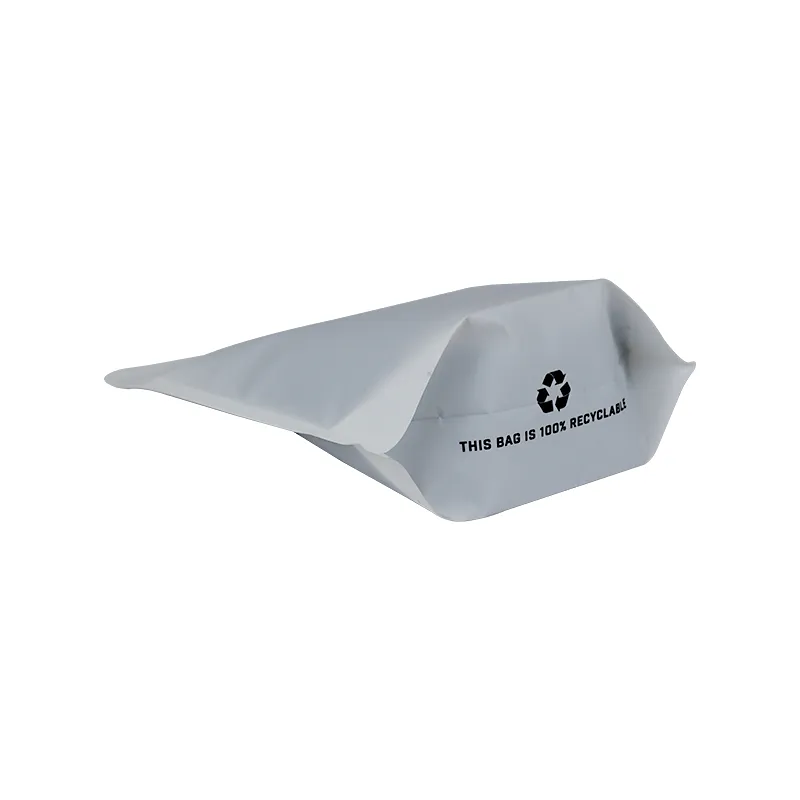- Afrikaans
- Albanian
- Amharic
- Arabic
- Armenian
- Azerbaijani
- Basque
- Belarusian
- Bengali
- Bosnian
- Bulgarian
- Catalan
- Cebuano
- chinese_simplified
- chinese_traditional
- Corsican
- Croatian
- Czech
- Danish
- Dutch
- English
- Esperanto
- Estonian
- Finnish
- French
- Frisian
- Galician
- Georgian
- German
- Greek
- Gujarati
- haitian_creole
- hausa
- hawaiian
- Hebrew
- Hindi
- Miao
- Hungarian
- Icelandic
- igbo
- Indonesian
- irish
- Italian
- Japanese
- Javanese
- Kannada
- kazakh
- Khmer
- Rwandese
- Korean
- Kurdish
- Kyrgyz
- Lao
- Latin
- Latvian
- Lithuanian
- Luxembourgish
- Macedonian
- Malgashi
- Malay
- Malayalam
- Maltese
- Maori
- Marathi
- Mongolian
- Myanmar
- Nepali
- Norwegian
- Norwegian
- Occitan
- Pashto
- Persian
- Polish
- Portuguese
- Punjabi
- Romanian
- Russian
- Samoan
- scottish-gaelic
- Serbian
- Sesotho
- Shona
- Sindhi
- Sinhala
- Slovak
- Slovenian
- Somali
- Spanish
- Sundanese
- Swahili
- Swedish
- Tagalog
- Tajik
- Tamil
- Tatar
- Telugu
- Thai
- Turkish
- Turkmen
- Ukrainian
- Urdu
- Uighur
- Uzbek
- Vietnamese
- Welsh
- Bantu
- Yiddish
- Yoruba
- Zulu
how thick is a peice of paper
How Thick Is a Piece of Paper?
Throughout our everyday lives, we often come across paper in various forms and uses, whether it is in the pages of a book, the sheets of a notepad, or the wrapping around a gift. Yet, one question that frequently arises—often overlooked—is, “How thick is a piece of paper?” While this may seem like a trivial inquiry, the thickness of paper plays a significant role in its functionality, manufacturing processes, and even in the realm of art and design.
The Measurement of Thickness
The thickness of a piece of paper is typically measured in micrometers (µm) or mils (thousandths of an inch). A standard sheet of printer paper, for instance, is commonly around 90 to 100 grams per square meter (gsm), resulting in a thickness of about 0.1 mm (100 microns). This measurement can vary widely depending on the type of paper and its intended use.
Different types of paper have distinct thicknesses. For instance
- Notebook Paper Usually ranges from 70 to 80 gsm, having a thickness of around 0.07 to 0.08 mm. - Business Card Stock Typically ranges from 200 to 400 gsm, translating to a thickness of approximately 0.2 to 0.4 mm. - Cardstock More robust and thicker than regular paper, often falls between 175 to 300 gsm, equating to about 0.2 to 0.5 mm.
Factors Affecting Paper Thickness
Several factors influence the thickness of paper, primarily related to its manufacturing process. The type of fibers used, the production method, and the moisture content all play a vital role. For example, papers made from recycled materials may have different thickness and texture compared to those made from virgin fibers.
Moreover, the treatment and finishing processes also affect thickness. Coated papers, which are used for high-quality printing, may have a different thickness compared to uncoated papers. Coating adds an additional layer, therefore increasing the overall thickness.
how thick is a peice of paper

The Importance of Thickness in Practical Applications
Understanding the thickness of paper is fundamental in various applications. In printing, for example, the thickness affects ink absorption and print quality. Thinner papers are often less expensive and more practical for everyday use, while thicker papers provide a more premium feel and are used for professional materials such as reports, invitations, and business cards.
In industries such as packaging, the thickness of paper or cardboard is critical as it impacts the durability and protection of the items being packaged. Thicker cardstock is vital for sturdy packaging that can withstand potential damage during shipping and handling.
Artistic and Creative Considerations
In the world of arts and crafts, the choice of paper thickness can significantly impact the final product. Artists often select varying thicknesses depending on their technique and medium. Watercolor artists, for instance, tend to prefer heavier watercolor paper (300 gsm or more) to prevent warping, while sketch artists may use thinner paper (around 100 gsm) for quick sketches.
Furthermore, in printmaking, the thickness influences the type of techniques that can be employed. Engraving or letterpress requires thicker paper to accommodate the pressure and produce clear impressions.
Conclusion
In conclusion, while a simple piece of paper may seem negligible in the larger schemes of our daily tasks, its thickness carries considerable implications in various aspects of life, from manufacturing and printing to art and design. The next time you reach for a sheet of paper, take a moment to consider its thickness and the role it plays in the functionality and beauty of the work it embodies. Understanding the diverse properties of paper enhances our appreciation of this ubiquitous material, which remains an integral part of our communication, creativity, and culture.













